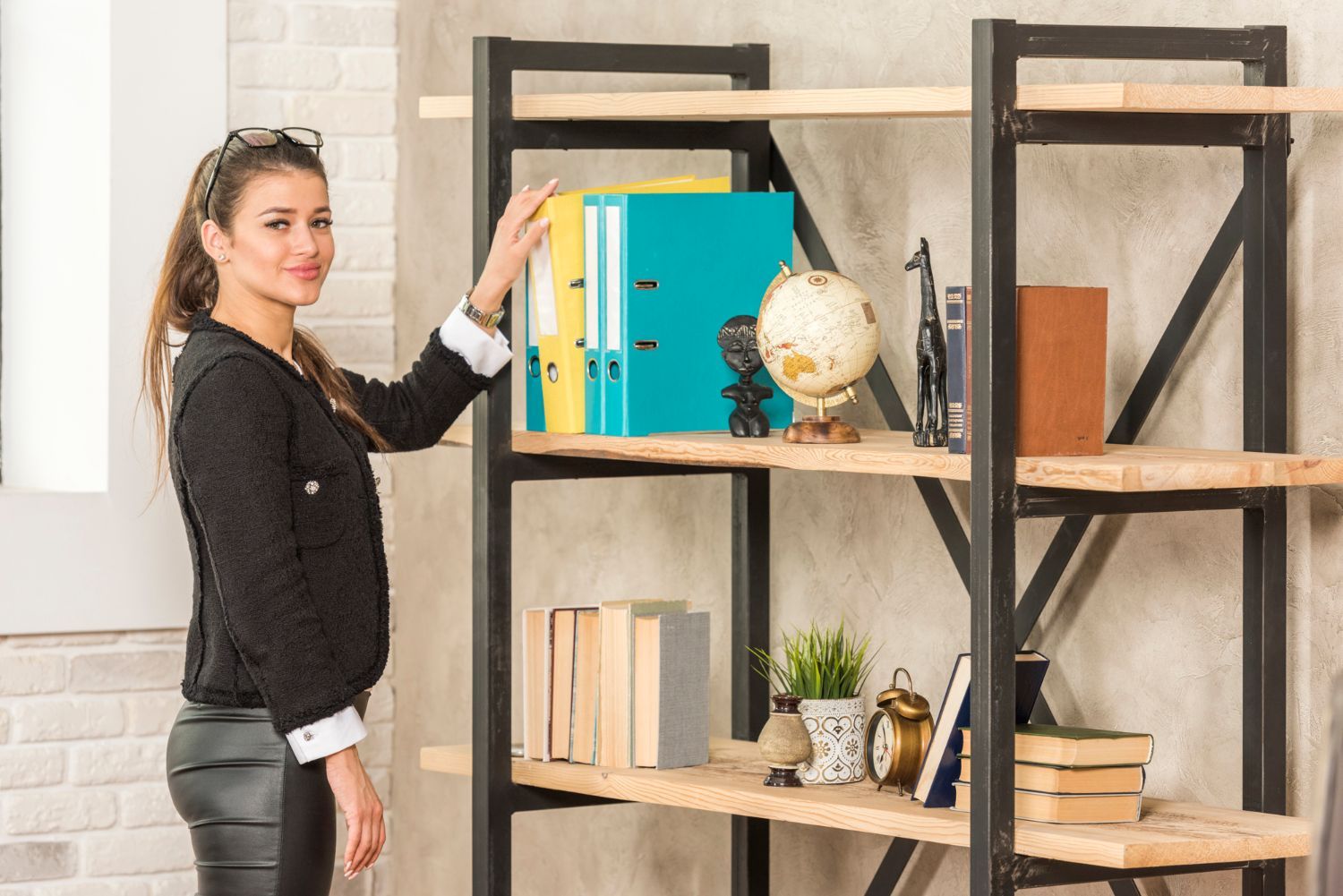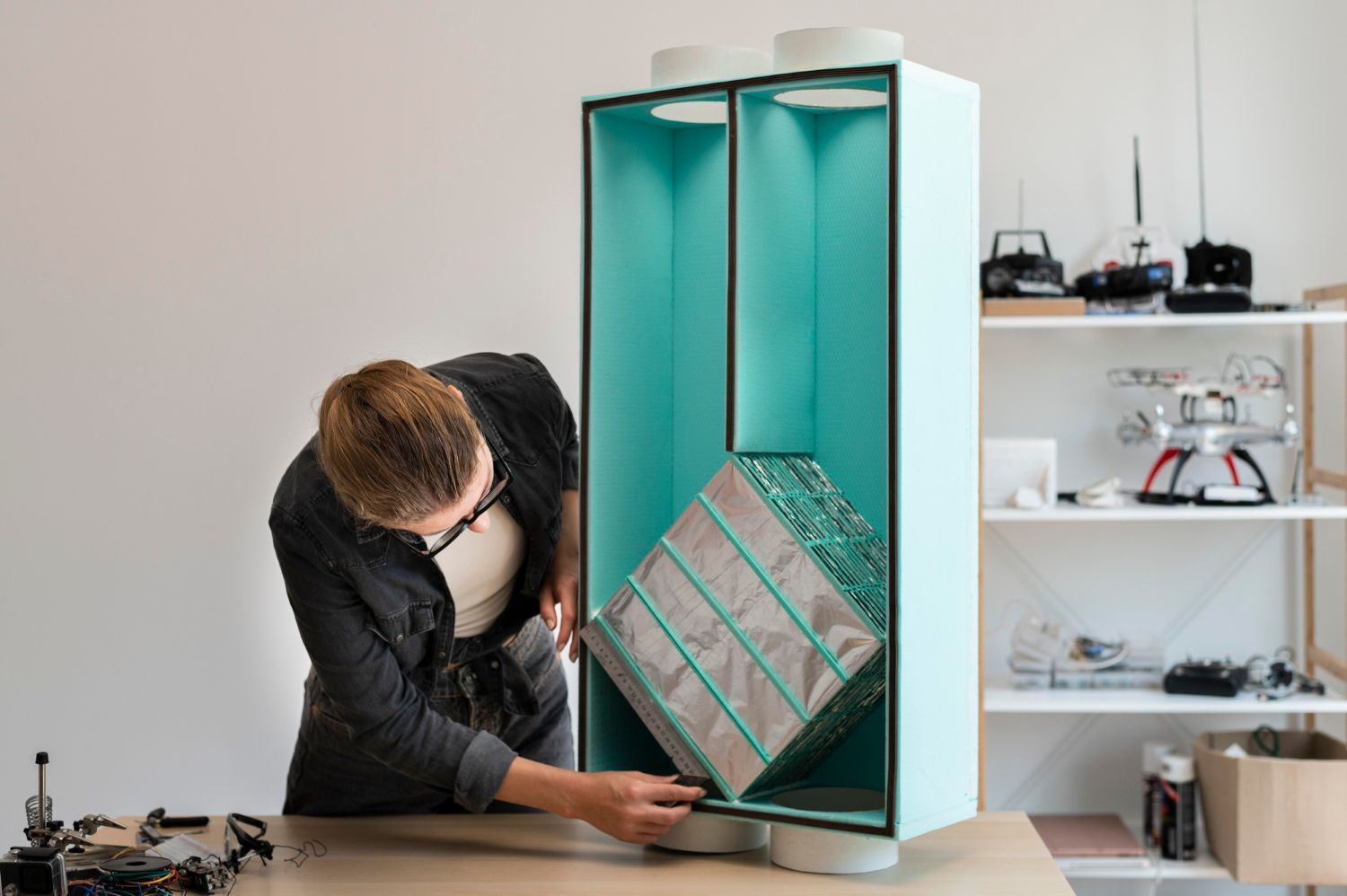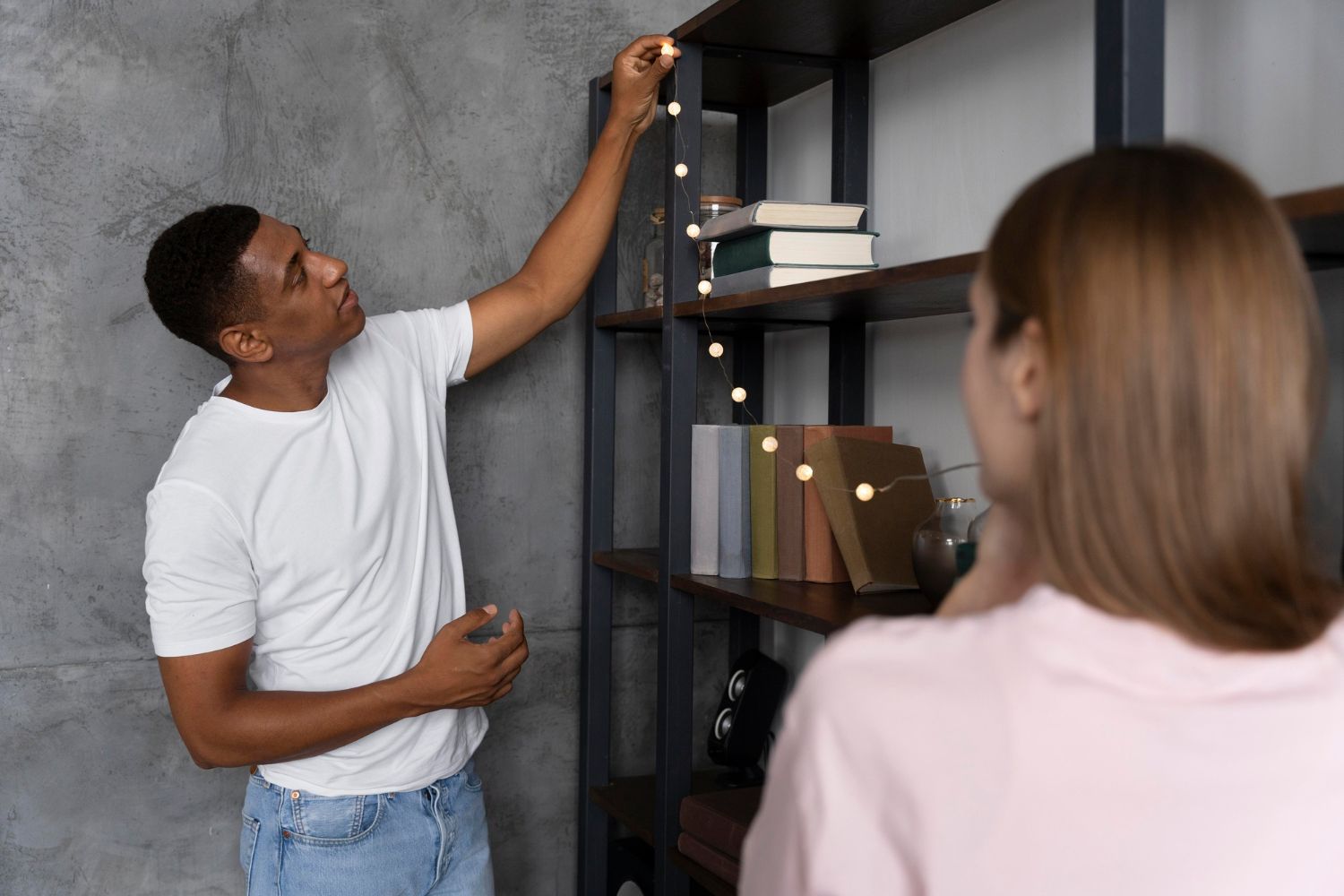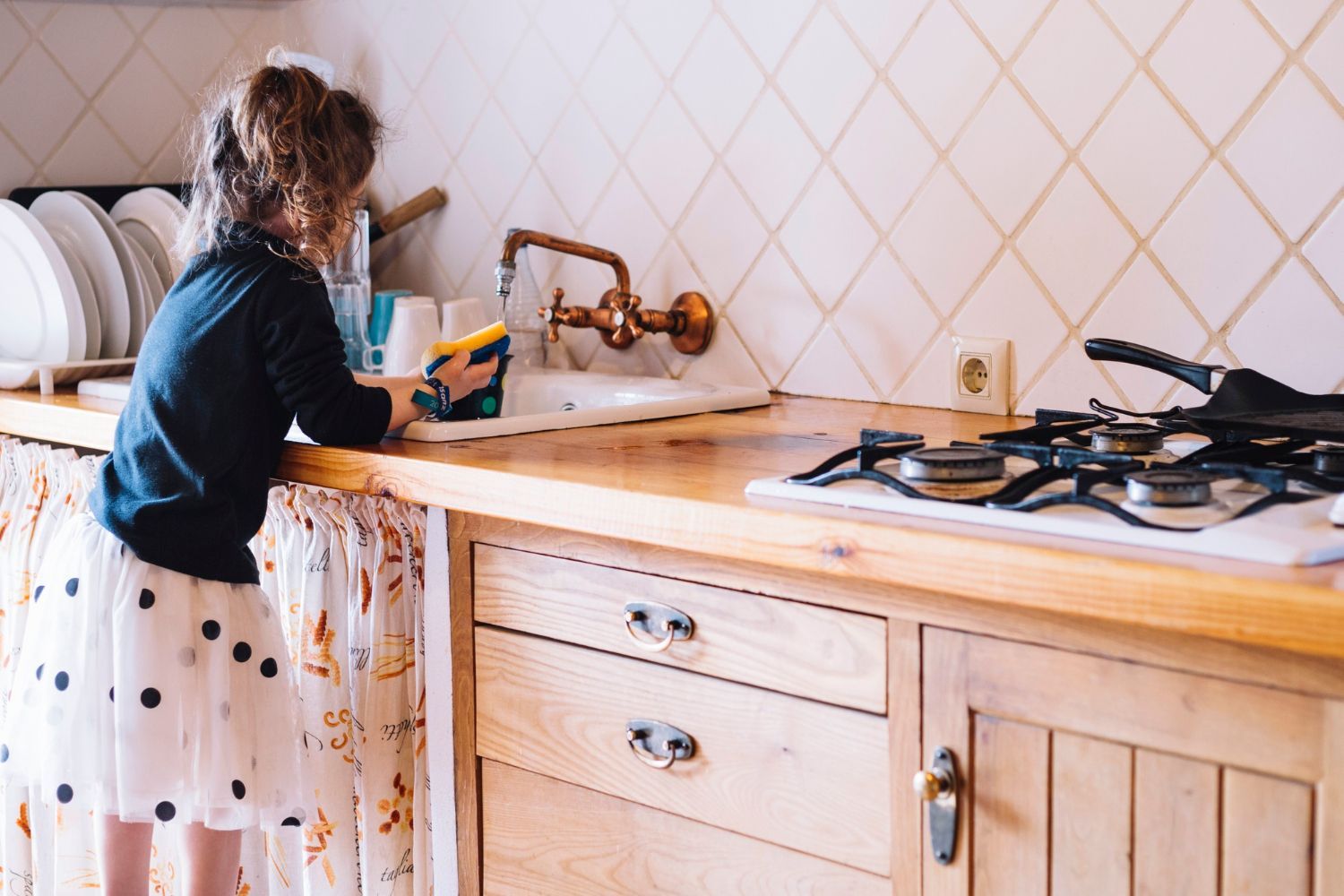Navigating Seattle's ADU Regulations: What Homeowners Need to Know

Within the last years, ADU properties have become popular in Seattle as one of the best ways to raise property value, increase housing options, or provide rental income. However, dealing with the complex rules of ADU Seattle may sometimes become a problem even for homeowners. Learning such rules could be very important for house owners in order to act within the frames of the law and not to make expensive mistakes. In this blog, we are going to break down the most vital ADU regulations Washington which a homeowner should know.
Breaking Down Basic ADU Seattle Regulations For Homeowners
Zoning and Property Sizing
Before one starts ADU construction Seattle, the first thing a homeowner needs to know is if their property qualifies for an ADU. The Seattle zoning is quite specific and will dictate whether or not the property is permitted to house an ADU. Most single-family and low-rise residential zones allow ADUs, but homeowners should verify both their lot size and the zoning designation they have. The minimum lots that typically qualify are 3,200 square feet or larger. However, always verify this with your city's zoning map, or consult with professionals like us at TOV Restoration, to ensure your property adheres to such zoning.

The Number of ADUs Allowed
With this update, homeowners can build up to two ADUs on their property-a detached accessory dwelling unit or an in-house ADU. This is a huge shift in Seattle's building code to give more latitude for those wanting to add living space. Knowing this regulation empowers you to maximize your property while still maintaining legality. For your ADU projects, TOV Restoration would be happy to help you plan and complete the process of designing and constructing.
Height and Size Limits
Seattle has some height and size limits for ADUs. The detached ADU may have a maximum of 1,000 square feet, while attached ADUs may have up to 650 square feet in certain conditions. The maximum height of DADUs falls between 16 to 24 feet depending on the roof design and size of the lot. It is important to be sure about these during the design process to keep away from violations. Here at TOV Restoration, we specialize in creating modern ADU designs Seattle homeowners love, and seeing through that your project comes into alignment with the city's codes.
Parking
One of the most common questions about ADU Seattle regulations deals with parking. Fortunately, Seattle no longer requires off-street parking for ADUs, which makes it much easier for a house owner to build in dense urban areas. But if you do have parking space, include it in your plans for increased convenience for future tenants or guests.

Owner-Occupancy
Previously, Seattle required an owner-occupancy for ADUs. This means that the property owner was to be living on site. However, they recently did away with that requirement in 2019. Now a homeowner can rent both the main house and the ADU if they wish. This is opening new investment avenues in Seattle.
Permit Process and Fees
These steps will therefore culminate in obtaining the required permits. On its part, a homeowner has to provide detailed plans for review by the Seattle Department of Construction and Inspections. The ADU permit fees range from $5,000 to $15,000 depending on the complexity of the project. Working with a professional company like TOV Restoration will assure you that your plans meet all legal demands.
Ready to Build Your ADU? Let Us Help!
While navigating the many ADU Seattle regulations may seem daunting, indeed it pays to understand all these guidelines for the successful completion of your project. Be it changes in zoning, size limits, and the elimination of the owner-occupancy rule, Seattle's ADU landscape offers flexibility for homeowners. Whether one seeks to add an income-generating unit or expand living space, knowing the rules is paramount to avoiding complications. For a stress-free construction of modern ADU Seattle design and construction, contact TOV Restoration. We help your ADU ideas can come into reality with the incorporation of all codes of the city.
Get more ideas of home remodeling projects on a budget with TOV Restoration.



